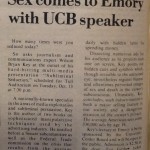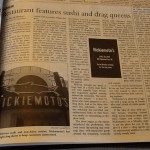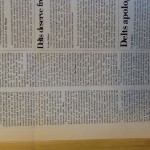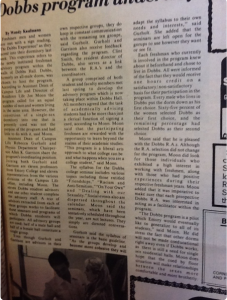The “School’s Out: Asexy Teens” presents an interesting perspective that I have little consideration to in the past, and it even convinced me to give thought to the subject matter of asexual persons in the world. During my thoughts, I found myself asking to whom have I known that this could apply to? I then brought the subject up to a couple of people that I was in the room with to ask their opinion and about their experiences with this. After a couple of minutes of contemplation, they were as empty for answers as I was. The only potential person we could think of was an acquaintance who claimed to be unsure of whether he liked guys or girls, which we concluded to perceive his response to make him bisexual. This brought of the theory we have discussed about sexuality being on a continuum. We discussed the continuum as homosexuality on one end and heterosexuality on the other, but there was no discussion of asexuality. So after reading this article, it begged to question where does asexuality fit in?
Toward the end of the article, my thoughts began to reach conclusion on the topic as the author Sharday Mosurinjohn wrote the final section of the article. Mosurinjohn’s posting on sex education and the lack of mentioning about asexuality reached a point that made me understand why it is never mentioned in sex education. It is not a “sexual orientation”; it is more like a lack of sexual orientation that is a part of a whole other spectrum.
I guess because I cannot fully grasp the concept of not having any sexual desires or needs, the idea of asexuality seems so foreign and unrealistic. This is not to say I do not believe it is not possible for someone to be this way, but when considering the spectrum for asexuality ranges from “people who prefer no physicality with others, or only some forms, or only self-gratification, as well as people who don’t experience themselves as having sexual “needs” or “desires” but will have and enjoy sex with their sexual partners,” it all comes across as contradictory to the term sexual orientation. An additional problematic area concerning this comes from the last part of that quote. If they do not have needs or desires for sex, then where does the arousal emanate from? From my understanding, in order for one to be aroused their must be some stimulation which would be derived from a fantasy, desire or need. Therefore, there exists a lack of accuracy dealing with this, or maybe it needs to be better clarified.




